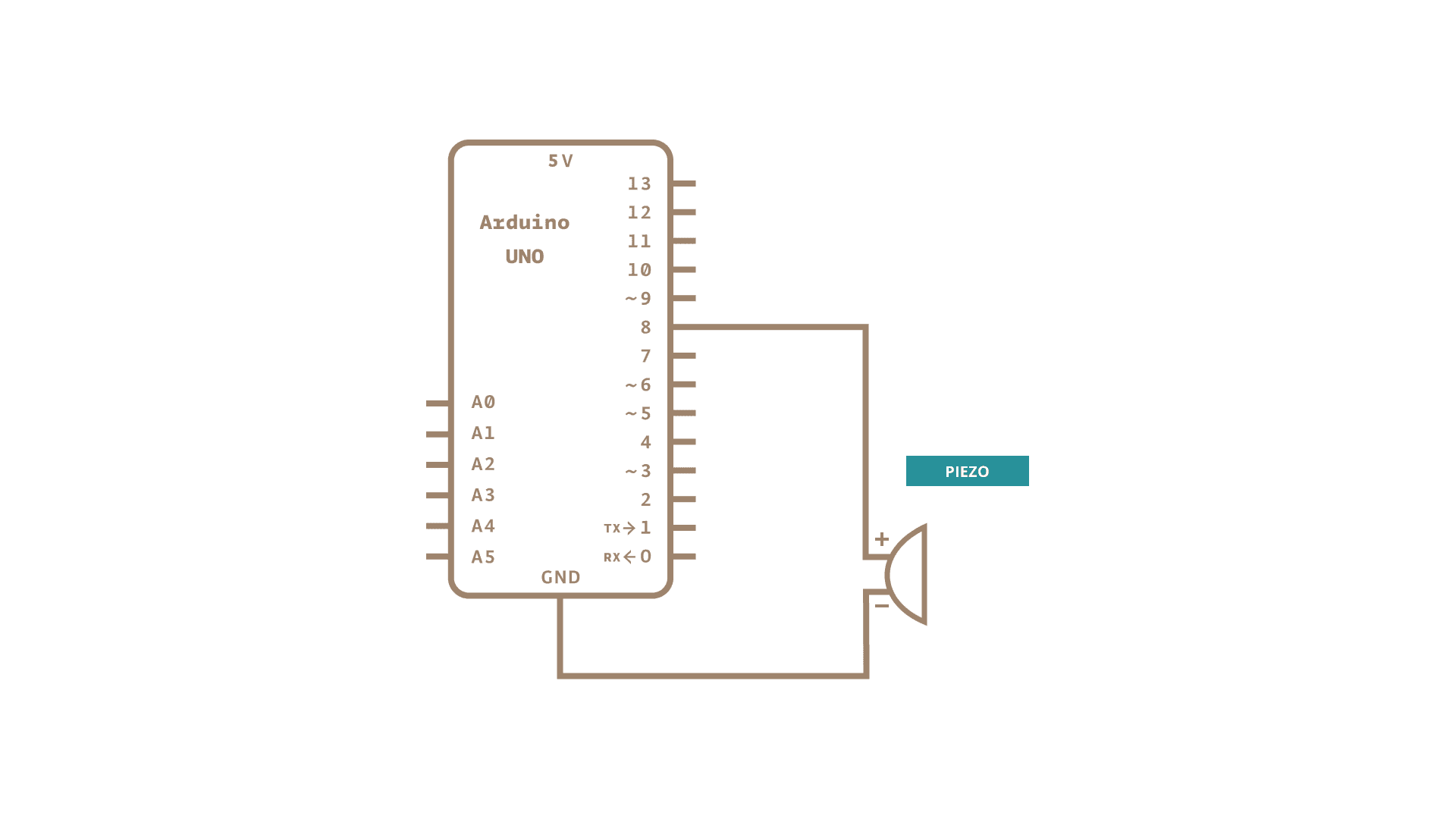

It wouldn’t be good if we attached each of the seven keys to its own analog pin, so let’s set a different resistance value for each key (10K, 12K, 15K, 18K, 20K, 22K, 25K) and use an “if” statement in the program to judge the AnalogInput and determine which note of the scale it should reproduce.įigure 7 Judging analog input based on resistance value (while pushing the tactile switch) Using the tone function and a tactile switch, let’s make a simple electric organ. So, let’s try to create a simple instrument gadget. Now, we understand a bit about generating tones with Arduino. Here is an example that uses a program to calculate the sound wave without using the tone function. You can give it a try if you’re interested. We could create a program that calculates the waveforms to combine every notes. But to do this kind of calculations would be complicated. When using one speaker, this method is required for combining the 2 tones. The green line in the graph shows the wave of the tone that we need to generate to reproduce the two tones.

The result is shown in the figure 6 below.įigure 6 Combining two tones (green line) But with only one speaker, it’s necessary to combine the waveforms to create the tones. If we had two speakers then they could each generate one of the tones. The red line in the graph is the newly added tone. Well then, what happens when we play another tone along with this “La?” Putting it simply, this causes 440 vibrations per second in the air. In the case of a simple wave, take for example a tuning fork that is used for tuning instruments. Sounds vibrations in the air take the form of a wave. Well then, how can we create a chord? Let’s look into the mechanism for creating tones. The Arduino tone function can only accept one tone at a time. The tone function, in accordance with the program, plays a “Do” and then immediately tries to play a “Mi” for the specified length in milliseconds, so the vibrations of the speaker stack up and noise is produced, contrary to what we expected. What was the result? It didn’t work as expected. Let’s connect a speaker to Arduino and upload a program to it. Tone (output pin number, output frequency, length) To make it easy, Arduino comes with a tone function designed to create sound. Let’s dive right in and create a tone using Arduino and a speaker. Operating a Piezoelectric Speaker Using Arduino The amount of current generated by bending a speaker is extremely small and short, so there isn’t much that we can do with it, but it’s an interesting experiment. Using the same mechanism as a microphone, we have proof that bending a piezoelectric speaker (in the case of a mic this is equal to receiving a vibration in the air) results in the creation of a current. Picture 1 Bending the speaker causes the LED to light upīy doing this, we can see that the LED lights up. By the way, speakers don’t have a positive/negative direction. The speaker that we’ll be using this time takes an electric current to excite the piezoelectric elements and cause a metal plate to vibrate thus producing sound. But with an LED connected to the speaker, try bending the speaker. A speaker converts current to vibrations in the air, and a mic takes vibrations in the air and converts them into current for use as an audio signal. Roughly speaking, a mic is a type of speaker. But, let’s take a step back first and consider how a microphone works. We’ll be working with speakers this time. On figure 2, you can see the general mechanism of a dynamic speaker. In both cases, by supplying a current in accordance with a signal of the sound to be output, the speaker causes vibrations in the air, and produces sound.įigure 2 Dynamic speaker mechanism Difference Between Speaker and Microphone The piezoelectric type that we’ll be using is shown in figure 1. But regarding how electric signals are processed, they can be classified as: dynamic, condenser, piezoelectric, discharge (ion), magnetic, and ribbon. When it comes to classifying speakers, there are many types of shapes. But electronically speaking, what exactly is a speaker? Everyone has a general sense that electricity flows through them, causing vibrations that lead to the sound generation, but let’s look into the process of sound creation in more detail. This time, we’ll be dealing with speakers.
#Arduino tone example pro
Arduino (Arduino Uno R3 /Arduino Pro Mini).

Arduino comes with a “tone” function and it’s relatively easy to get started with. Let’s see how sound works with Arduino by creating a simple instrument gadget. This time, we’ll examine “sound” using Arduino with speakers.


 0 kommentar(er)
0 kommentar(er)
